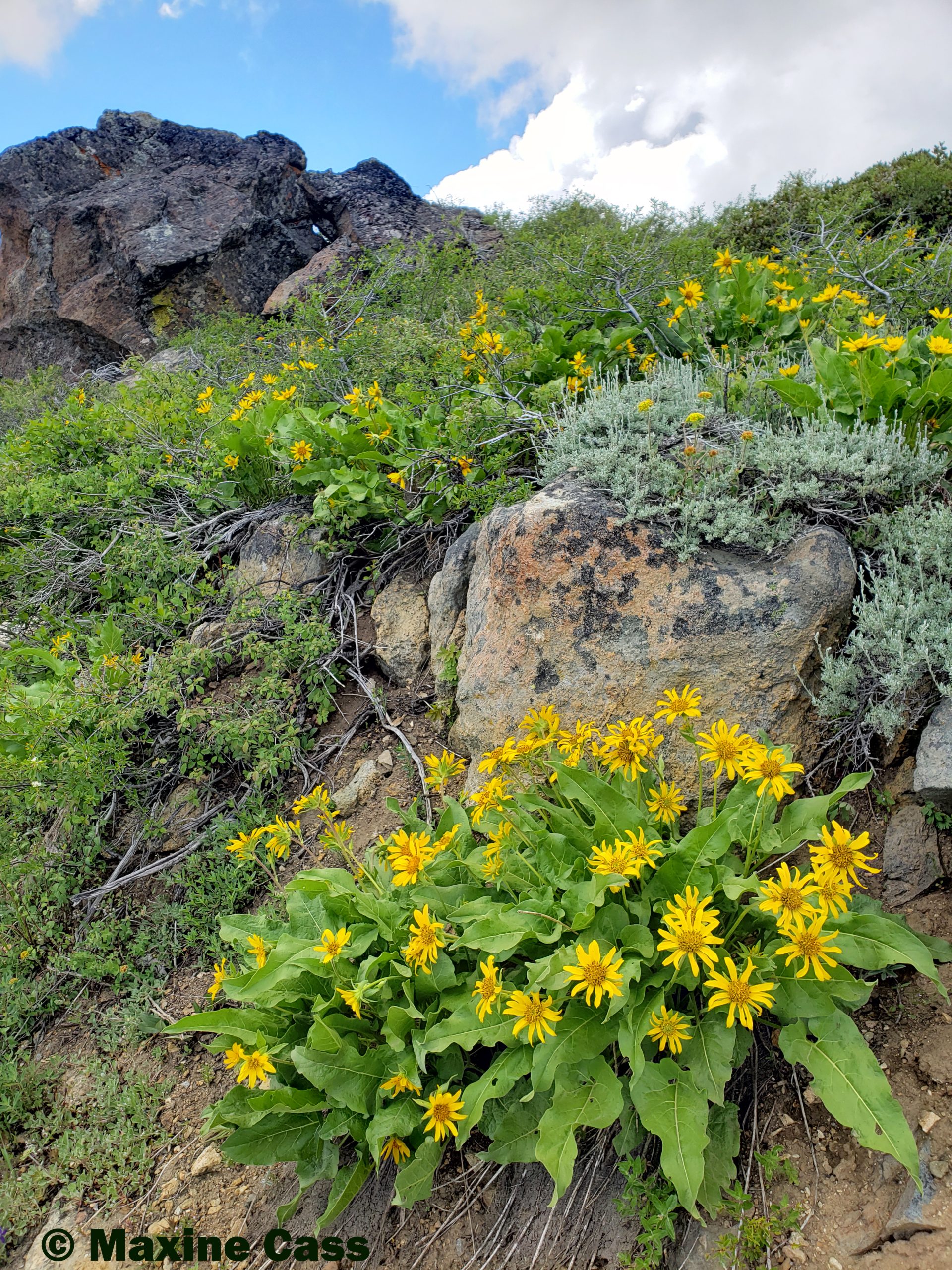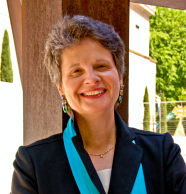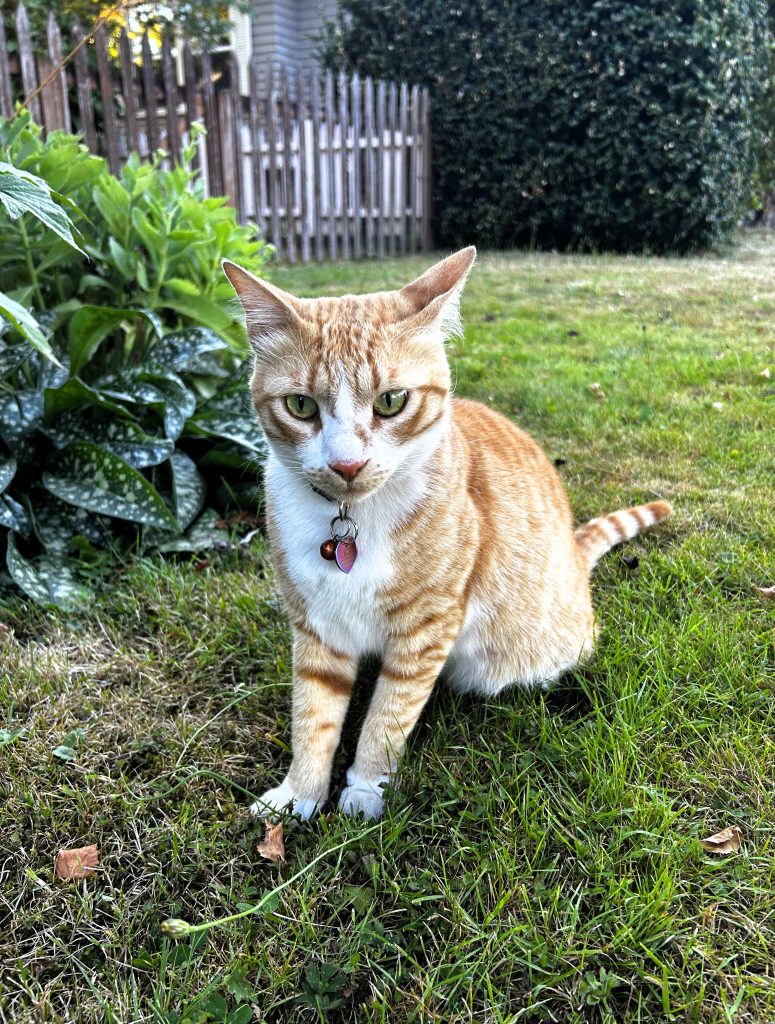ASJA PACIFIC NORTHWEST NEWSLETTER
For ASJA members in
Alaska, British Columbia, Idaho, Oregon and Washington
August 2025
https://asjapnw.org
In This Issue
From the Prez, The Journey Continues, M. Carolyn Miller, ASJA PNW President
News with Your Coffee, Sharon Elaine Thompson
The Power of Animal People, Joanna Nesbit
We Should Compare Notes on Payment, Fred Gebhart
Notebook LMs are Providing a Tight Focus, Bruce Miller
Member News and Announcements
Our August chapter meeting at 11 am:
M. Carolyn Miller is inviting you to a scheduled Zoom meeting.
Time: Wednesday, August 20, 2025
11:00 AM Pacific Time (US and Canada)
https://us02web.zoom.us/j/87898612924
Meeting ID: 878 9861 2924
This newsletter publishes the first day of each month and welcomes article submissions and photos. Please email the ASJA PNW Newsletter Editor, Maxine Cass, at maxinecass@gmail.com .
From the President

by M. Carolyn Miller
ASJA PNW Chapter President
The Journey Continues
I am writing a book right now and I’m in a mad race to finish another chapter for the book proposal, at my agent’s request. As I struggle with identifying the narrative arc, the theory, the themes and threads and the stories that will showcase it all, I don’t sleep well. Then, invariably, I crack the creative nut, usually at 3 a.m.
It’s a crappy process and I wish I could change it, but I don’t know how. I sometimes think life would be easier if I wasn’t a writer at all. But then I go to my part-time job, am bored out of my mind, and revert back to the delicious and often angst-filled process of creating something out of nothing–and continue on.
I was reminded of the challenges all writers face when I watched The Dreamer: Becoming Karen Blixen, a Danish biopic available on Kanopy, the library streaming service. The movie is about Blixen’s journey to become a writer after returning from Africa. (Blixen’s pseudonym was Isak Dinesen of Out of Africa fame.)
Blixen’s first published work was a series of short stories. European publishers turned the collection down and said there was no market for them. She believed otherwise. So doggedly, despite health issues and the lack of family support, she used family members’ connections to further her own agenda (not the most moral marketing strategy).
But it worked. She found an American publisher and that first work became a Book of the Month Club favorite in the U.S. Eventually, it was published internationally to wide acclaim.
The moral of her story? Don’t give up. Believe in your work. Rely on your wits and intuitions to shepherd your work out into the world.
M. Carolyn Miller, MA, spent her career designing narrative- and game-based learning. Today, she consults and writes about narrative in our lives and world, the inextricable link between the two, and the critical role of self-awareness in transforming both. www.cultureshape.com

Jackson Gap Wildflowers, Jackson County, Oregon. © Maxine Cass

by Sharon Elaine Thompson
News with Your Coffee
Newspapers, especially locals, are shutting down everywhere. But in Maine, according to an article written by Jules Walkup, in the May 4, 2025, online edition of the Bangor Daily News, four papers—the Free Press, Camden Herald, Republican Journal, and Courier-Gazette—were melded to create the Midcoast Villager. But in an age of disconnection, owner Read Brower decided to reintroduce the human connection: by opening the Villager Café in Camden.
At the Villager, readers can not only pick up a paper to go with their coffee and lunch, they can speak with the reporters, editors, and owner or the publisher, Aaron Britt, who is responsible for that news. Editors will even have office hours in the café once a month. On Fridays, a session called “Fresh Brewed News” welcomes community members in to discuss the Thursday edition of the paper.
The news organization is not eschewing technology, however. The Villager is also partnering with Civic Sunlight, an AI startup that provides summaries and transcripts of public meetings via email.
Britt says the main purpose of the café is to give the community a welcoming, comfortable, public space where they not only learn what goes into making the stories in the paper, but where staff can get a better grip on what the community wants from them. For example, one reader asked for more outdoor coverage, something he might not have done if the publisher wasn’t sitting there having coffee.
So far, the idea has been well received, with readers coming in to eat and to engage with the reporters.
If it continues to do well, Brower and Britt want to open more cafés across their coverage area. Brower hopes the Villager will become a traditional newsstand as well, selling not only his own paper, but papers from all over the world.
“The Villager,” Walkup quotes Brower saying, “ought to be a prism through which people can experience and understand their community and thus more deeply engage in it.”
Sharon Elaine Thompson, a former ASJA member, writes primarily for jewelry trade, association, and hobby publications. She has also created industry-specific training material for several of the educational organizations in the jewelry trade, and ancillary material for career-oriented and social science high school textbooks for Glencoe McGraw Hill. Sharon writes women’s fiction under the name Liz Hartley and has published three novels. Sharon Elaine Thompson, Liz Hartley – Stories from Eden Beach (lizhartleyauthor.com)

by Joanna Nesbit
The Power of Animal People
Earlier this summer our next-door neighbor family took a two-week vacation to celebrate an elder’s 100th birthday. A week into their absence, their cat, Luna, went missing. She’s beloved by our family and another family across the street, whose boys had signed up to take care of her for the duration of the birthday celebration.
All had seemed well until the boys discovered her food was going uneaten and alerted her owners in South Carolina. Joy, one of her owners, texted me to ask if I’d seen her around the house. I’m close with this family, and we often trade cat care. Just days earlier, I had noticed Luna sitting atop the backyard fence but realized I hadn’t seen her more recently.
Joy had tracked her trackable collar to an adjacent neighborhood, but none of us could believe she would actually cross the major streets to get there. Surely, she was somewhere much closer—wasn’t she? I walked around their house and yard calling her name at different times of day. No answer.
On a whim late that night (a Sunday), I searched Facebook for local lost pet groups and turned up a couple. Lo and behold, someone had cross-posted a Nextdoor post on one of them with pictures of a cat who looked exactly like Luna—in the neighborhood where Joy had tracked her collar.
I sent the post to Joy that night and commented on the thread that I was sure the cat was my neighbors’ cat and I’d be happy to pick her up. Alas, the poster replied, she had already moved on from that location. But others from that neighborhood chimed in over the next 24 hours, reporting sightings on adjacent streets. Everyone seemed invested, and whether or not they’d seen her, everyone hoped Luna would make it home.
I wasn’t the only one searching. Robin, the mother of the three boys feeding Luna, and Joy, happy birthday-ing in South Carolina, were also combing social media platforms and receiving many private messages. Robin and I began cross-checking with each other as we monitored various Facebook groups and Nextdoor posts, alerting Joy if we found anything new. No one could relax. Robin’s family and I also headed to the neighborhood where Luna had been sighted to stroll on foot and call her name.
Luna is a compact marmalade cat who had come to America from Saudi Arabia last year when Joy and Todd’s family returned stateside after six years abroad. She’s a plucky little desert cat who, with effort, had adjusted to the rainy cool temps of the Pacific Northwest. We were determined not to lose her in Bellingham.
On Tuesday, someone commented they’d seen her near Cornwall Avenue, heading down Texas Street into another neighborhood accessed by crossing an even bigger thoroughfare. Luna, it became clear, was heading east.
Robin’s family and I trooped to that neighborhood at different times of day to stroll and call again, but it felt like an impossible task. One small cat can hide in many places, and Luna had a bit of Artful Dodger in her. I wondered if we would ever see her again.
Late on the third night of Luna’s absence, the administrator of one of the lost pets Facebook groups DM’d me to suggest I check another lost pets Facebook group. She told me a new post had popped up there with a cat who looked like Luna. And indeed, there was Luna, collarless and looking a little scruffy.
This time, the person who posted had scooped her up and planned to take her to the Humane Society in the morning. They lived in yet another neighborhood farther east, more than two miles from our block.
In a flurry of late night messaging, I arranged that I would pick her up at 7:30am. When I arrived, the young housemates escorted me to a room where they’d fed Luna tuna fish and kept her separated from their unhappy dog. She greeted me with her signature high-pitched meow.
Four days of combing social media, cross-referencing posts, walking the streets, and messaging late into the night, and here was Luna, alive and well and fed. It felt really quite miraculous.

Luna, healthy and well-fed after her crosstown “hike.”
Photo by Joanna Nesbit
After Luna was safely ensconced in her house (with outdoor access cut off), Robin and I marveled together about the power of social media. But what stood out even more to both of us—all of us—was the community heart for animals. So many messengers paying attention. That a stranger would take the time to DM me when her Facebook group listed so many lost pets impressed and touched me. (Perhaps that says more about my attention to lost pets…)
The unspoken leap: what if we were all as equally invested in people as pets? Many people have great capacity for kindness, but we’re also living in an era of increased callousness towards specific groups of people. How can we change that?
Now, if I’m tempted to turn away, to think of an issue as someone else’s problem, I ask myself, what would Luna’s cheerleaders do?
Joanna Nesbit is a Bellingham-based content marketer and journalist specializing in personal finance, higher education, and family. More recent work is available on her Contently profile.

by Fred Gebhart
We Should Compare Notes on Payment
There’s an unwritten rule in business, including our freelance business, that you don’t compare notes on compensation. Sometimes the rule is explicit. When I was hired for my first real job after college, my training supervisor warned that “We don’t talk about pay, we all get something different.”
When I joined ASJA years later, the secrecy veil lifted a little with the monthly Paycheck section of the member newsletter. But outside Paycheck (now in the members-only section of the asja.org website under Paycheck Database), we seldom compare notes on pay rates, even when we’re writing for the same outfit. It’s our loss and our clients’ gain.
Here’s how I put it recently to another member after volunteering my pay rate ($400 per story) and article length (500ish words) for my client who was interviewing to hire more writers. What I forgot to mention: most stories take about two hours to interview and write, which makes a nice hourly rate.
No clue what other freelancers are getting paid, that’s one topic we all tend to avoid. I think we could all do better by comparing notes on pay, timing, and all the other work details, but that’s always been a minority opinion. Then again, I came (to freelancing) out of the federal civil service where pay, benefits, and working conditions were all public record, so my perspective is a little different. And I don’t see any advantages to freelancers when we don’t compare notes. Keeping all those details secret is just one more way for clients to squeeze budgets.
If we don’t help each other out, no one else will, either.
Fred Gebhart is a medical writer in the Rogue Valley, Southern Oregon.

by Bruce Miller
Notebook LMs are Providing a Tight Focus
Using AI to get answers from a wide expanse of data is certainly useful. There may be instances, however, when your data source is not available to the public, such as member-only newsletters or internal documentation. Many companies are recognizing this and the trend for querying your own private knowledge base is on.
A popular example is Google’s NotebookLM, which gives users a private place for AI to work on focused content that is gathered only by the user. Such work can include summaries and even an audio discussion of the content. I’ve used it to give me a summary based on about 200 member-only PDF newsletter files that spanned a couple decades. The summaries helped me identify some topics in my research, such as award dates and titles.
Google’s NotebookLM does not use your private data as a source for others—unless you agree to share your notebook. In June 2025 Google announced that a user could share a private notebook. Google claimed there were 140,000 such shared notebooks in July 2025.
An author with a focused blog or even a collection of copyright-owned material that focuses on a subject – such as the Lithuanian šaltibarščiai soup – could repurpose their material to allow readers to ask questions, not just read, thereby making the material more interactive.
Google is now providing some good examples of these public notebooks. In July 2025, Google announced “featured” notebooks. From the announcement:
“From science to Shakespeare, get advice from experts and call upon curated collections of information with featured notebooks in NotebookLM, available today. . . Today, we’re rolling out a new feature making that easier than ever. We’re working with respected authors, researchers, publications and nonprofits around the world to create featured notebooks. The notebooks cover everything from in-depth scientific explorations to practical travel guides to advice from experts.”
One of the more high-profile examples is “The World Ahead 2025” from the Economist, found here (with your own Google account):
https://notebooklm.google.com/notebook/5881d15d-7b82-4002-8613-df59b6eece4c
Google continues to expand NotebookLM. As expansion continues, people are finding interesting ways to use NotebookLM.
I use this Google Notebook LM feature to keep my workday chaos-free.
https://www.androidpolice.com/notebooklm-workday-hack
“5 clever ways NotebookLM helps me write faster (and better)”
https://www.xda-developers.com/clever-ways-notebooklm-helps-me-write-faster-and-better
Google is not the only company jumping into this action. Microsoft now has Microsoft Notebooks. Unlike Google, however, access to Microsoft Notebooks is not as easy. Microsoft requires either an Educational or Enterprise license to Microsoft 365 and then another license for the Notebook, which in some circumstances, is $30 per year.
Smaller organizations are cropping up to create private notebooks in which your data is not shared (unless you so choose). Through AppSumo.com I have bought lifetime access to at least three such services.
While buying into similar lifetime services may seem excessive, I find that investing in up-and-coming tools at a relatively modest lifetime cost is worth it. Even if one company folds, others remain. And if none fold, then I have a diverse range of tools for information processing. There are some lifetime tools I’ve purchased that I’ve been using daily for more than 10 years.
Seattle resident Bruce Miller uses several different AI tools to help write code for websites and computers, extract URLs, create summaries, among other things.

Black-tailed Deer Bambi, (Odocoileus hemionus columbianum),
Jackson County, Oregon. © Maxine Cass
Member News and Announcements
Joanna Nesbit (joannanesbit@comcast.net) is seeking ideas and contacts for future ASJA PNW meeting speakers.
NEWSLETTER PRODUCED BY
EDITOR: Maxine Cass
PROOFREADER: Catherine Kolonko
TECHNICAL EXPERTISE: Bruce Miller
*All stories are copyright by their respective writers.
*All photographs and illustrations are copyright by their creative makers.
*All rights are reserved to each of them for their own material.
